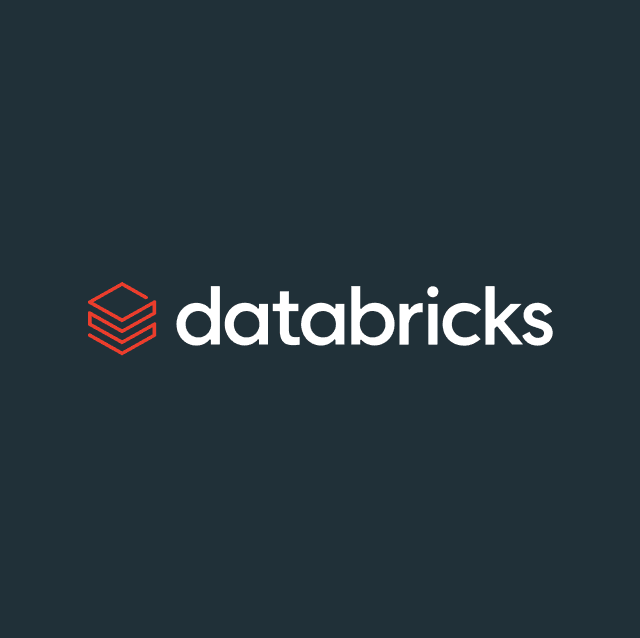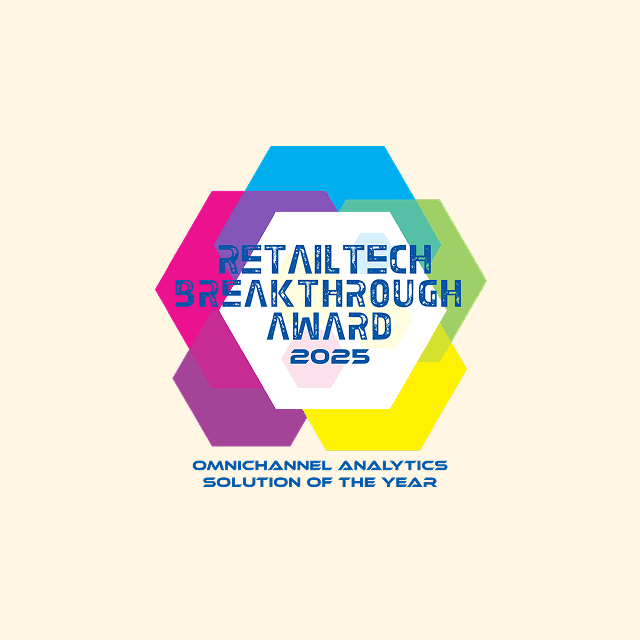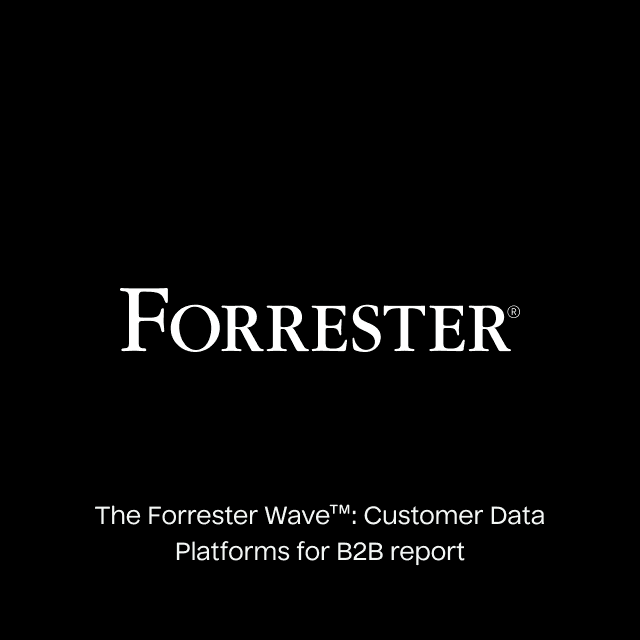Within the last decade, data has become increasingly valuable. In fact, it is estimated that worldwide spending on big data and analytics solutions is estimated to reach $215.7 billion in 2021.
Today, every company is collecting customer data from a variety of different source systems and using that information to power insights. However, there is a key challenge across all industries, and that is data activation.
To be specific, every organization has a ton of data, so the problem is figuring out how to leverage that data outside of a dashboard or a report. In most cases, data is only used to make high-level business decisions that don't have any effect on the overall customer journey.
The core challenge in marketing has always been data accessibility. When marketers are waiting on data, they can’t experiment, learn, or iterate, so all of that time is wasted. Compounded growth comes from compounded learning, and compounded learning comes from data being accessible. -- Fareed Mosavat (VP Programs & Partners at Reforge & former Director of Product at Slack)
Data Activation is the process of turning insights into actions. This is typically done by taking clean, transformed data out of the data warehouse and pushing it back into the operational systems of business teams like sales or marketing.
Simply stated, data activation is focused on democratizing data for various teams so they can use that information to create relevant customer experiences, and personalized messages within the native platforms they use on a daily basis. The purpose of this guide will be to go over everything about Looker and Looker Actions, which is a tool for data activation.
What Is Looker?
At its core, Looker is a business intelligence (BI) tool that is mainly used for dashboarding purposes. Google actually purchased Looker in 2020 for $2.6 billion. Looker creates insightful visualizations on the data that is specified by the user. It is a browser-based solution that is designed to make collecting, visualizing, and analyzing data simpler.
Looker gives users the ability to create and share interactive dashboards, automate alerts, and leverage embedded analytics. It can actually be deployed in the cloud or on-premise depending on the needs of the business. However, getting started with Looker requires a substantial amount of effort because Looker is incapable of creating reports unless all of the data has been properly formatted and modeled in a specific way, using LookML.
What Is LookML?
LookML is Looker’s unique coding language that provides predefined syntax and data types that can be used for data modeling. In order to leverage Looker’s reporting and dashboarding capabilities, all the data has to be modeled through LookML. LookML constructs a data model that Looker can use to create SQL queries which then extract the data that is required for analysis.
Ultimately, LookML defines calculations, data relationships, dimensions, aggregations, and constructs SQL queries to run against a particular database. All LookML projects consist of several key components:
- Models: A Model provides intuitive data exploration capabilities for specific users by creating a customized portal within various databases.
- Views: A View showcases a list of fields and defines how those fields link to underlying tables or derived tables.
- Explores: An Explore represents a view that business users can query by specifying the join relationships with other views.
- Joins: A join gives users the ability to combine data into multiple Views that can be joined into an Explore.
- Manifest Files: A manifest file contains instructions for using files imported from other projects.
Looker’s documentation provides a much more detailed explanation.
What Is Looker Actions?
As stated earlier, Looker Actions is a data activation tool. Looker Actions enables users to analyze and act on data in real-time. With Looker Actions, business teams can perform tasks within other tools directly from Looker. These are popular actions that can be something as simple as automating an email, updating a value in another application, alerting team members in tools like Slack, sending an email list to a marketing platform like Marketo & Braze, etc.
Looker Actions focuses on pushing data back into the native tools of business users so that they can leverage it in real-time to make meaningful decisions that can positively affect the bottom line. In addition to pushing data back into the native tools of business users, the Looker Action Hub feature enables users to deliver content to third-party services integrated with Looker directly through an "action hub server". On a similar note, there is also a form method that is often used to collect additional information from the user before a custom action is executed.
What are the problems with Looker Actions?
Looker itself is a great solution that has many valuable features and has completely changed the landscape of business intelligence tools. The overall premise behind Looker Actions is solid in theory. However, Looker Actions does not come without its flaws.
Since Looker is based on its own unique coding language (LookML), data modeling and matching capabilities are extremely limited. In order to use Looker Actions, businesses have to model all of their data in LookML. This means that companies cannot use their current data models or the native tools in their current tech stack to transform their data.
This can be both time-consuming and expensive for businesses not already using Looker. Even worse, most organizations leverage SQL to transform their data. LookML is only based on SQL (not entirely built on it), so users will have to learn an entirely new language to some extent. A much simpler and more efficient tool for transforming data is dbt.
Since dbt is based entirely around SQL, users can create data models that can be reused. Better yet, any data models that are dependent upon one another will automatically update whenever a model is changed. At its core, dbt is an extremely efficient tool that engineers and developers can use to orchestrate, transform, and model their data.
Looker Actions also has trouble handling the scale for large data volumes. This is because Looker Actions does not do any data differencing (diffing). Diffing is the process of checking what data has been changed before sending it to another application or system.
For example, if an analyst is asked to send a list of users who visited the pricing page on Monday and then asked again to do the same thing on Tuesday, there is likely going to be some crossover (ex: on Monday the list might have 5 million visitors and on Tuesday the list might have 10 million visitors).
Every time this data is requested, Looker Actions sends all records regardless of duplicates. Similarly, Looker Actions also lacks batching capabilities for many destinations, so if a large data set is needed to be moved, it will likely fail due to a rate limit issue.
Additionally, Looker Actions does not have many destinations (with only 20 current integrations), so it does not connect with every business/SaaS tool stack. It also does not give users the ability to map data using any specific field. Organizations are forced to map data to brittle fields like SalesforceID, so in order to leverage LookerActions users have to keep changing their underlying LookML data models to access the few destinations that are offered.
This can be a ton of work. If a business wants to update a certain field in Marketo for a specific set of users, that entire data model needs to be changed to align with the rigid mapping that Looker Actions is expecting. If Looker Actions is only able to identify users in Marketo by their MarketoID, users have to update their data model and add in MarketoID. Even worse, when the data model is not configured properly, marketers have to involve the data team which can drag out the process even longer.
At its core, Looker Actions forces users to create workflows within Looker where the overall user experience is heavily lacking. End tools like Braze, Marketo, Iterable, etc. already have their own dedicated UIs made for workflows, so there is really no reason to use a worse version of what these solutions have to offer.
In reality, Looker is a business intelligence tool that is very efficient at aggregating data and democratizing relevant reports and dashboards to key business units and stakeholders. However, there is no logical reason why companies already leveraging additional tools like Braze or Marketo should ever create campaigns in Looker Actions.
Alternatives to Looker Actions: Hightouch
Where Looker Actions is lacking in features, Reverse ETL fills the gap.“Reverse ETL is the process of copying data from the data warehouse (i.e. the analytics platform) to operational systems of record, including but not limited to SaaS tools used for growth, marketing, sales, and support.”
Hightouch solves this exact challenge by leveraging Reverse ETL to take transformed data out of the data warehouse and sync it back into the native tools of business teams like Salesforce, Marketo, Hubspot, Iterable, Braze, Amplitude, Google Sheets, etc.
Hightouch is based entirely on SQL which means that data teams can leverage their existing tools, (like dbt, which is natively integrated) to model and transform their data. Hightouch is feature-rich and has over 150 integrations and supports various data sources like Google BigQuery, Snowflake, AWS Redshift, etc. compared to the 20 integrations offered by Looker Actions.
Hightouch gives users the ability to map to any field or user attribute (i.e. email, purchase date, etc.). Hightouch also diffs data between syncs to specific destinations, saving both time and money and ensuring that no duplicate data is ingested. Whereas Looker Actions limits the fields that can be updated in end tools, Hightouch lets users update any field. Hightouch can also send data in batches unlike Looker Actions, where rows often get rate-limited and syncs fail on large data sends.
With Hightouch, rejected rows won’t cause the entire sync to fail because they are retried again in the next sync. In addition to warehouses and data lakes, Hightouch integrates directly with Looker and LookML so companies can connect directly to Looker and select their reports from there.
Better yet, Hightouch Customer Studio lets business users visually define and filter audiences with an intuitive UI that doesn’t require any knowledge of SQL. Marketers and other business users can use this to create custom audiences to message for various marketing campaigns and sync those audiences directly into their email or ad tools with no engineering favors needed.
Summary
Looker is a fantastic BI tool, but it is definitely lacking as it relates to data integration. Looker Actions is completely unusable if data has not been modeled through LookML. Data teams want to use the critical business tools they are comfortable with to manage their data. In most cases this is SQL. This is the exact reason why Reverse ETL and Hightouch are the future.
Reverse ETL Whitepaper
Download our whitepaper to learn:
- How to leverage Reverse ETL to eliminate data silos and activate your data warehouse to improve business outcomes
- Specific use cases for Reverse ETL and how it fits into the modern data stack
- New ways all teams can meet goals with better access to data in their operational tools
- The core must-haves in a Reverse ETL solution

















